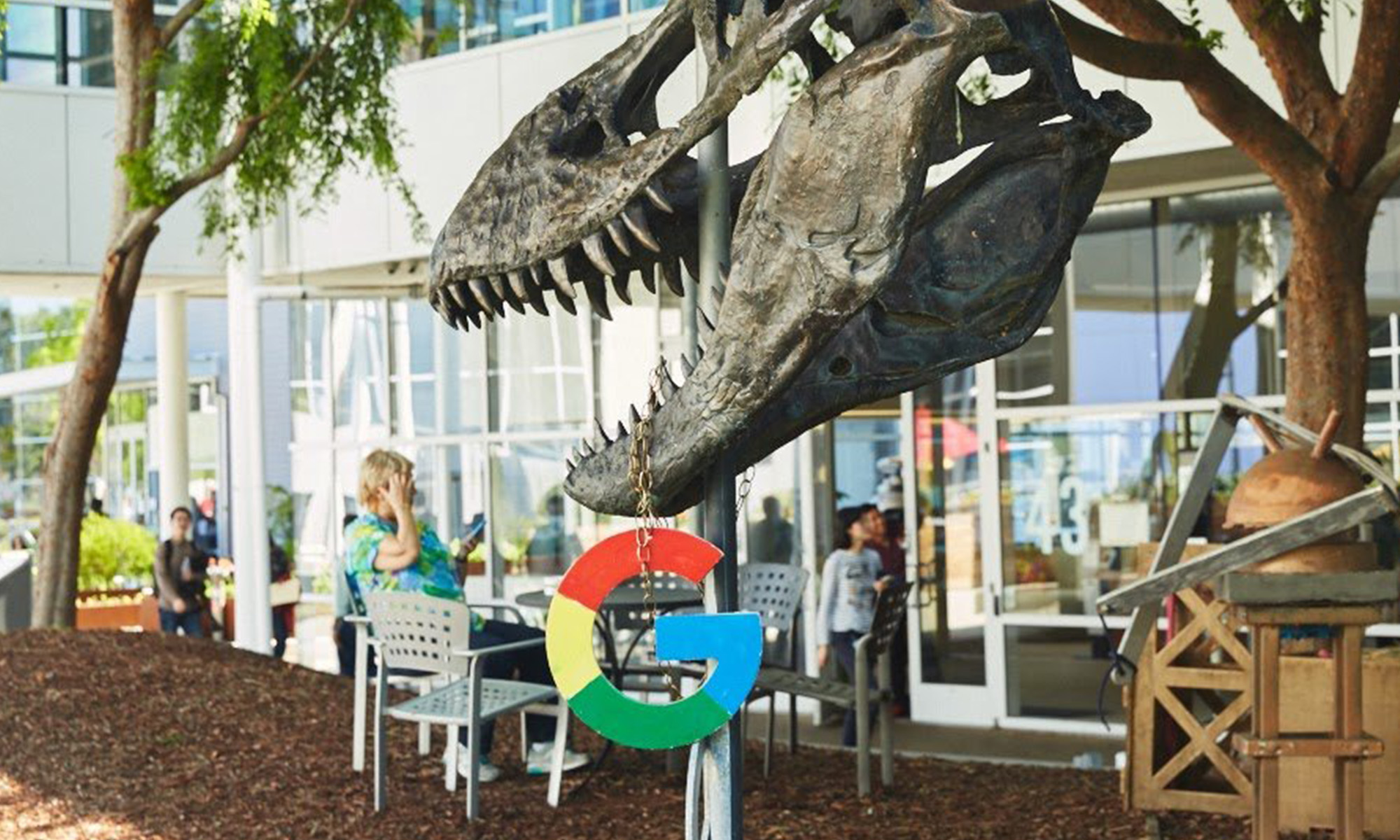A year after Facebook (FB 0.44%) said it would be changing its financial reporting structure to focus more on its broader family of services, the social networking behemoth has just introduced new metrics as part of its fourth-quarter earnings report: family daily active people (DAP), family monthly active people (MAP) and family average revenue per person (ARPP).
Here's how investors can make sense of the new figures.

Image source: Facebook.
Keeping it in the family
These new metrics are defined in the same way as Facebook's standard daily active users (DAUs), monthly active users (MAUs), and average revenue per user (ARPU) metrics, and as such are interchangeable for all intents and purposes. The company had already been sharing family MAUs and DAUs, so it's merely tweaking the names of those figures.
Here's each new metric for the fourth quarter.
|
Metric |
Q4 2019 |
|---|---|
|
Family DAP |
2.26 billion |
|
Family MAP |
2.89 billion |
|
Family ARPP |
$7.38 |
Data source: Facebook.
The tech giant is still disclosing the Facebook-only metrics, and it's useful to compare the figures to get a better understanding of the business.
|
Metric |
Q4 2019 |
|---|---|
|
Facebook DAUs |
1.66 billion |
|
Facebook MAUs |
2.5 billion |
|
Facebook ARPU |
$8.52 |
Data source: Facebook.
It's worth noting that these Facebook metrics also include Messenger, which is technically part of the main Facebook platform, so the family metrics essentially just add Instagram and WhatsApp to the mix. While Facebook and family MAUs are closer, there's a larger discrepancy between Facebook and family DAUs. In other words, Instagram and WhatsApp clearly enjoy strong engagement, with about 600 million people using one of those services every day without touching Facebook or Messenger.
While the shift in reporting is designed to signify the growing importance of Facebook's other platforms, the new disclosures are backfiring in a way, because they actually end up showing just how financially dependent the company remains on the core Facebook platform.
Why the metrics are misleading
Armed with the new metrics, investors should be able to back into total revenue figures for Facebook and the broader family and then compare the two. However, both ARPU figures include "all sources of revenue" as the numerator, according to regulatory filings, so the only difference is the denominator (average MAUs during a given quarter). The metrics are arguably misleading, since the purported Facebook-only figures include Instagram revenue.
WhatsApp has struggled on the monetization front for years, and the messaging service is reportedly backing off its plans to integrate advertising, but being able to derive Instagram revenue would be supremely useful for investors because the popular photo- and video-sharing platform has always had more promising monetization potential. But Facebook is cleverly -- and purposely -- obfuscating how much money the service makes.
That's partially because most Instagram users are also Facebook users. "The share of revenue from users who are not also Facebook or Messenger MAUs was not material," the company writes in its 10-K.






